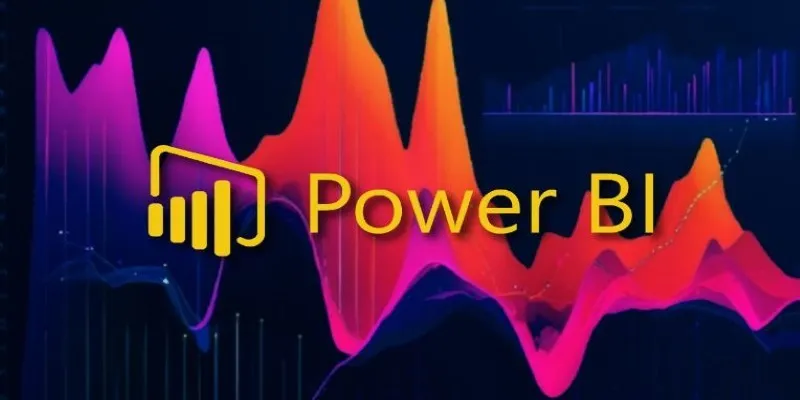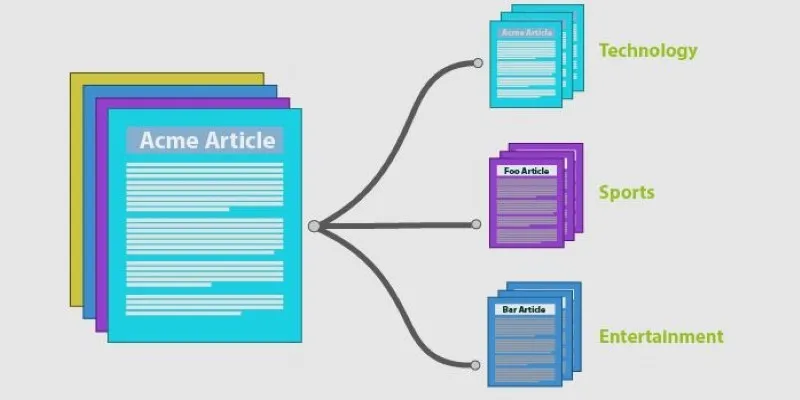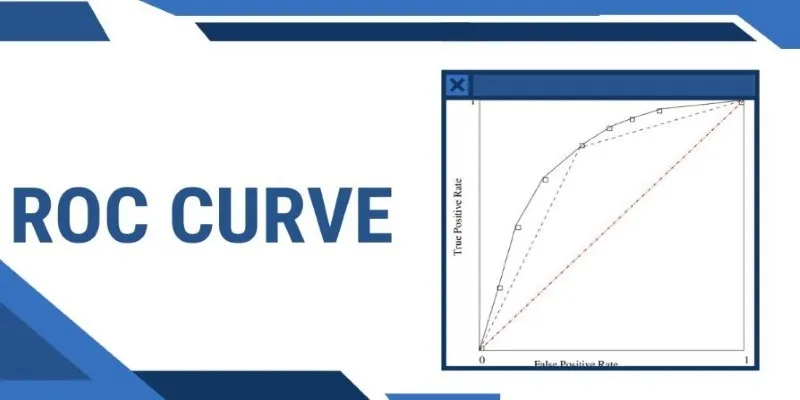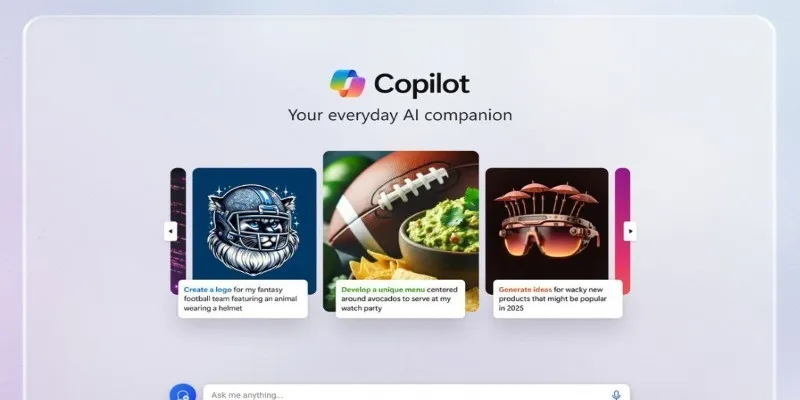One of the most popular ways to decode in Natural Language Processing (NLP) is through beam search. A language model doesn’t just pick words at random when it’s asked to write a sentence, translate between languages, or answer a question. It uses a strategy to choose the best possible sequence of words. Beam Search is one such strategy. This post explains what Beam Search is , how it works, why it’s useful, and where it is used. Everything is written in a very simple way so that even beginners can understand it easily.
What is Decoding in NLP?
Decoding in NLP means turning a model’s output into a sentence or phrase that makes sense. Models usually work on one word at a time when they try to guess text. Based on the words that came before, it guesses the next one.
But there’s a catch: there are often many possible ways to complete a sentence. For example, given the start of a sentence like “The cat sat on the…”, a model might predict:
- “mat”
- “couch”
- “floor”
So how does it choose the best one? That’s where decoding methods come in. Beam Search is one such method that helps in selecting the best sequence.
What is Beam Search?
Beam Search is a search algorithm used during the text generation phase in NLP models. It keeps track of multiple possible sentence options at each step instead of choosing only the most likely one. It helps in generating better and more meaningful output. Instead of being greedy and picking the top word at each step (like greedy decoding), Beam Search explores multiple paths at once and keeps the most promising ones.
Why Use Beam Search?
Beam Search is used because it offers a good balance between:
- Accuracy: It finds better sequences than greedy decoding.
- Efficiency: It is faster than checking every possible sequence (which would take too long).
- Flexibility: It can be adjusted using a parameter called the beam width.
How Does Beam Search Work?
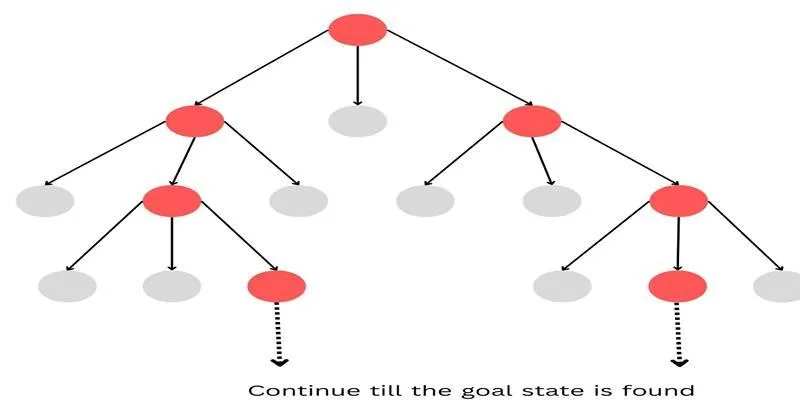
Let’s break down how Beam Search actually works when generating text.
At each step in the sentence:
- The model suggests many possible next words.
- Beam Search scores each option using probabilities.
- It keeps the top “N” highest-scoring sequences (N = beam width).
- At the next step, it repeats the process for each saved sequence.
- Finally, it chooses the full sentence with the highest score.
This way, Beam Search avoids missing out on better word combinations that might appear later in the sentence.
To properly understand Beam Search, it’s important to break it down into simple steps. Let’s assume a language model is generating a sentence word by word.
Step-by-Step Example
Suppose the model starts with the word: “The”. It now needs to pick the next word.
-
Step 1 – First Word Prediction
The model predicts possible next words and their scores:- “cat” (score: 0.9)
- “dog” (score: 0.8)
- “child” (score: 0.6)
-
Step 2 – Beam Width Selection
The beam width tells the model how many options to keep at each step.
For example, with a beam width of 2, it keeps the top 2 choices:- “The cat”
- “The dog”
-
Step 3 – Second Word Prediction
For both “The cat” and “The dog”, the model predicts the next possible words.- “The cat sat” (score: 0.85)
- “The cat ran” (score: 0.75)
- “The dog barked” (score: 0.8)
- “The dog slept” (score: 0.7)
-
Step 4 – Select Top Paths Again
Out of all new sentence paths, only the top 2 sequences are kept again.
This process continues until the model finishes the sentence or reaches a maximum length.
Advantages of Beam Search
Beam Search has several benefits that make it ideal for many NLP applications:
- More Accurate: It avoids the mistakes that come from choosing only one path.
- Customizable: The beam width can be adjusted for better performance.
- Reliable Output: It tends to create sentences that make more sense.
Disadvantages of Beam Search

Even though Beam Search is useful, it’s not perfect.
- May Miss the Best Result: Sometimes, the actual best sentence is not included in the beam.
- Higher Beam Width = Slower Speed: A larger beam width gives better results but makes the model slower.
- Repetition: Sometimes, it repeats words or phrases.
Beam Search vs Greedy Search
Let’s compare Beam Search with the simpler Greedy Search method.
Greedy Search:
- Choose the best word at every step.
- Fast but may miss better sentences.
- Only keeps one path.
Beam Search:
- Keeps multiple paths.
- Slower but more accurate.
- Finds better results.
In short:
Greedy Search is like choosing the best option immediately. Beam Search is
like keeping a few top options and waiting to see which one works out better.
Where is Beam Search Used?
Beam Search is widely used in NLP applications such as:
- Machine Translation: Choosing the best translation for a sentence.
- Text Summarization: Creating summaries that make sense.
- Chatbots: Generating replies that are relevant and grammatically correct.
- Speech Recognition: Converting speech to text accurately.
Real-World Use Cases
- In tools like Google Translate, Beam Search helps generate smoother translations.
- Virtual assistants like Alexa or Siri may use Beam Search for voice-to-text or natural replies.
- In AI writing tools, Beam Search helps generate coherent paragraphs.
Tips for Using Beam Search
Here are a few practical points to keep in mind:
- Small Beam Width (2–3): Good for fast performance.
- Medium Beam Width (5–10): Balanced output quality and speed.
- Large Beam Width (10+): Better results but slower generation time.
Conclusion
In conclusion, Beam Search is a smart and efficient decoding method used in NLP to generate better and more meaningful text sequences. By exploring multiple possible paths instead of just one, it greatly improves the quality of the output. It strikes a perfect balance between speed and accuracy, making it ideal for tasks like translation, summarization, and chatbots. Although not without limitations, its flexibility through adjustable beam width makes it highly useful in real-world applications. Compared to greedy and random methods, Beam Search delivers more reliable results.
 zfn9
zfn9

